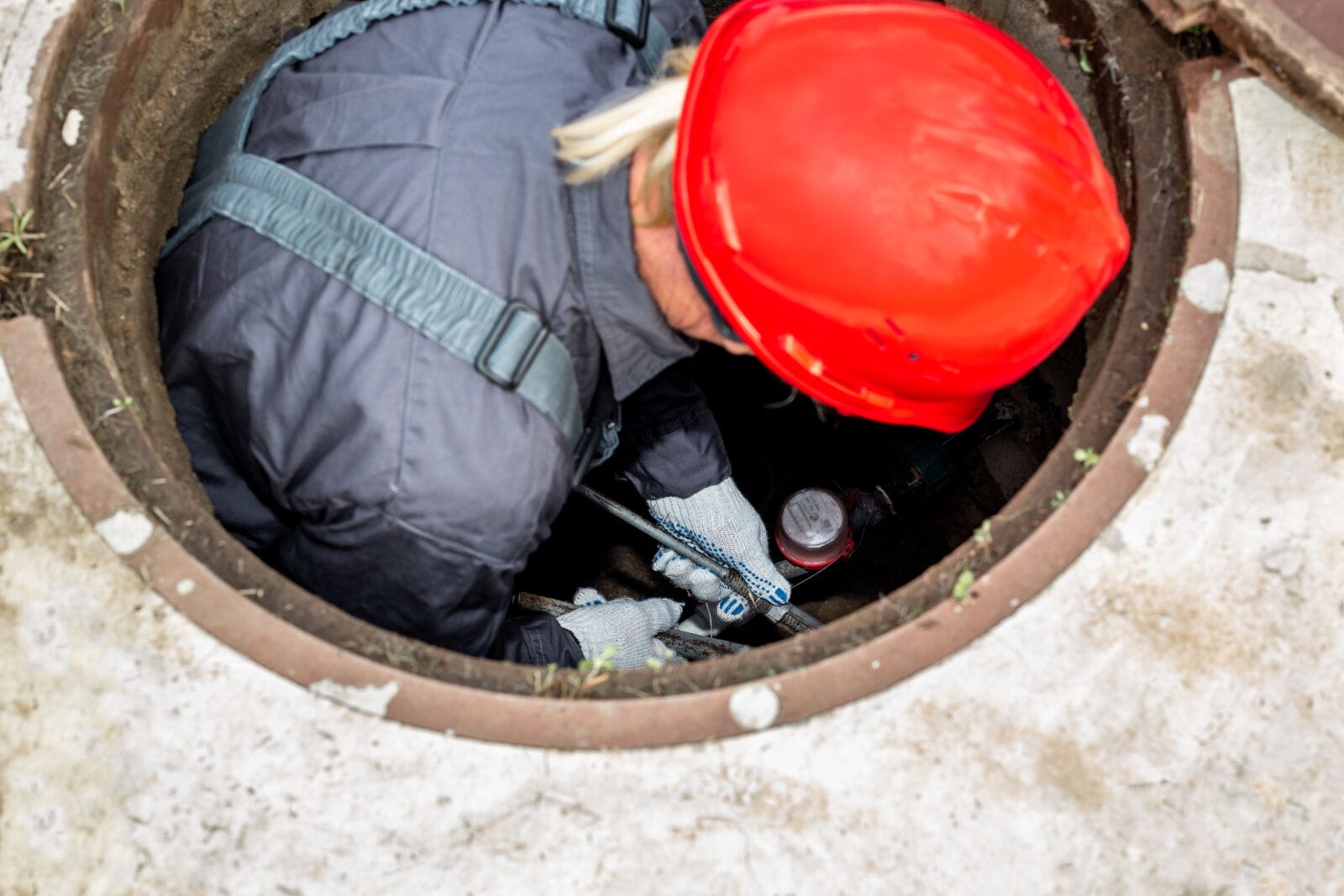Confined space training is a special type of training exercise that will help you navigate through narrow and cramped spaces for rescue operations and use equipment suited for these spaces.
Unfortunately, a lot of people often lose their lives when they’re stuck in confined spaces because it takes time and expertise for rescue personnel to arrive.
According to statistics, the confined space fatality rate is around 0.04-0.08 per 100,000 workers, with 17% of them being would-be rescuers.
If you’re training to become an expert in the field of confined space rescue missions, then here are some of the key skills that you’ll learn in the training course!
MORE NEWS: 12 Arizona companies make Healthiest 100 Workplaces in America list
1. Hazard Identifications
Perhaps the most important skill you’ll learn while preparing for confined space resume training is hazard identification.
Hazards are a part of every workplace, but when it comes to confined areas, they’re even more dangerous.
And if there’s an accident in a confined area, the hazards are bound to go unnoticed because the rescue team will primarily focus on pulling the stuck people to safety. But if these hazards go unnoticed, they can cause major problems later on.
While getting your confined space ticket from a reputable institution, you’ll first learn to identify the hazards associated with an accident. This will help you remove any problems during the rescue missions.
2. Threat Management
Once you have identified potential hazards like odd smells, structural instability, or unseen energy forces, you will learn about risk management.
The training personnel will tell you how to understand the levels of risks associated with a certain rescue operation and how you can mitigate them.
For example, you’ll learn about the risks associated with low oxygen in a confined space and the signs when the lack of oxygen is enough to cause suffocation.
You’ll also know how to check the risks of inflammable gases around, where even the tiniest of sparks could cause a fire. This skill will tell you how to measure threats and know how to control them correctly.
3. Use of Safety Equipment
In any confined space, using the right tools can make all the difference. Once you have your confined space ticket, you’ll be authorised to use it to help rescue people stuck in any confined area.
Some of the most common tools are gas detectors and harness systems so that you can navigate clearly.
For example, training sessions will teach you how to use a gas monitor to detect hazardous temperatures.
Another important aspect of safety equipment is wearing the right uniform. PPE or Personal Protective Equipment consists of eyewear, helmets, respiratory tubes and cylinders, and fall-protective clothing. Knowing your gear inside out will help you control any problematic situation.
4. Communication Skills
Clear communication is vital during any emergency. For example, if someone is stuck in a narrow passage or cave, you need to shout and follow the victim’s voice to understand where they are.
Training emphasises the importance of being loud and clear to ensure that your voice is audible to not just the stuck victims but also your teammates. There are special signals and keywords you can use to help navigate your teammates during a rescue operation.
You’ll also learn how to use radio systems and other communication devices to coordinate well. All team members need to be on the same page so that the victims can be rescued as soon as possible.
5. Regulatory Compliance
Understanding regulatory and legal compliance is a major part of rescue training courses. You must know all the regulatory rules concerning confined spaces and what measures you can cover to rescue people stuck there.
If you or a team member is not compliant, the entire rescue operation can go haywire. In Australia, for example, occupational hazard regulations are mostly governed by the Model Code of Practice: Confined Spaces under the Work Health and Safety (WHS) legislation.
As a trainee, you’ll be expected to know these basic codes and how to respond to a particular emergency, keeping compliance laws in mind.
Conclusion
Remember, confined rescue operations don’t end once you’ve taken victims or casualties out of the space. Post-rescue operations are also a part of the training course that demands equal attention. The instructors will teach you how to clean, recover, and manage the post-rescue scene to prevent a similar mishap.




